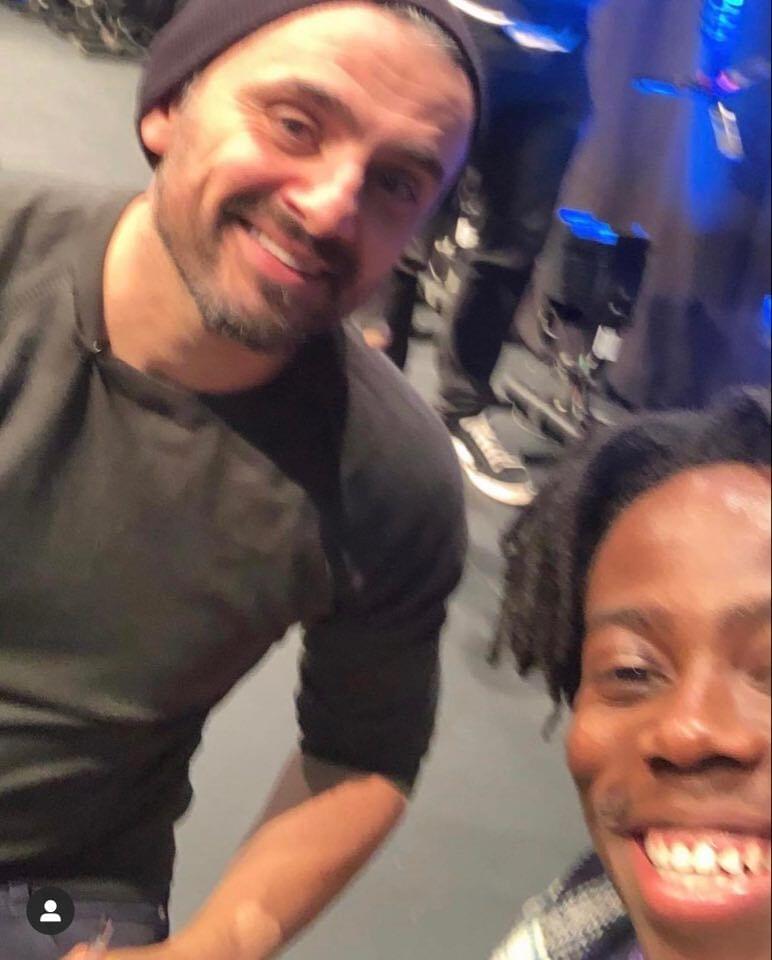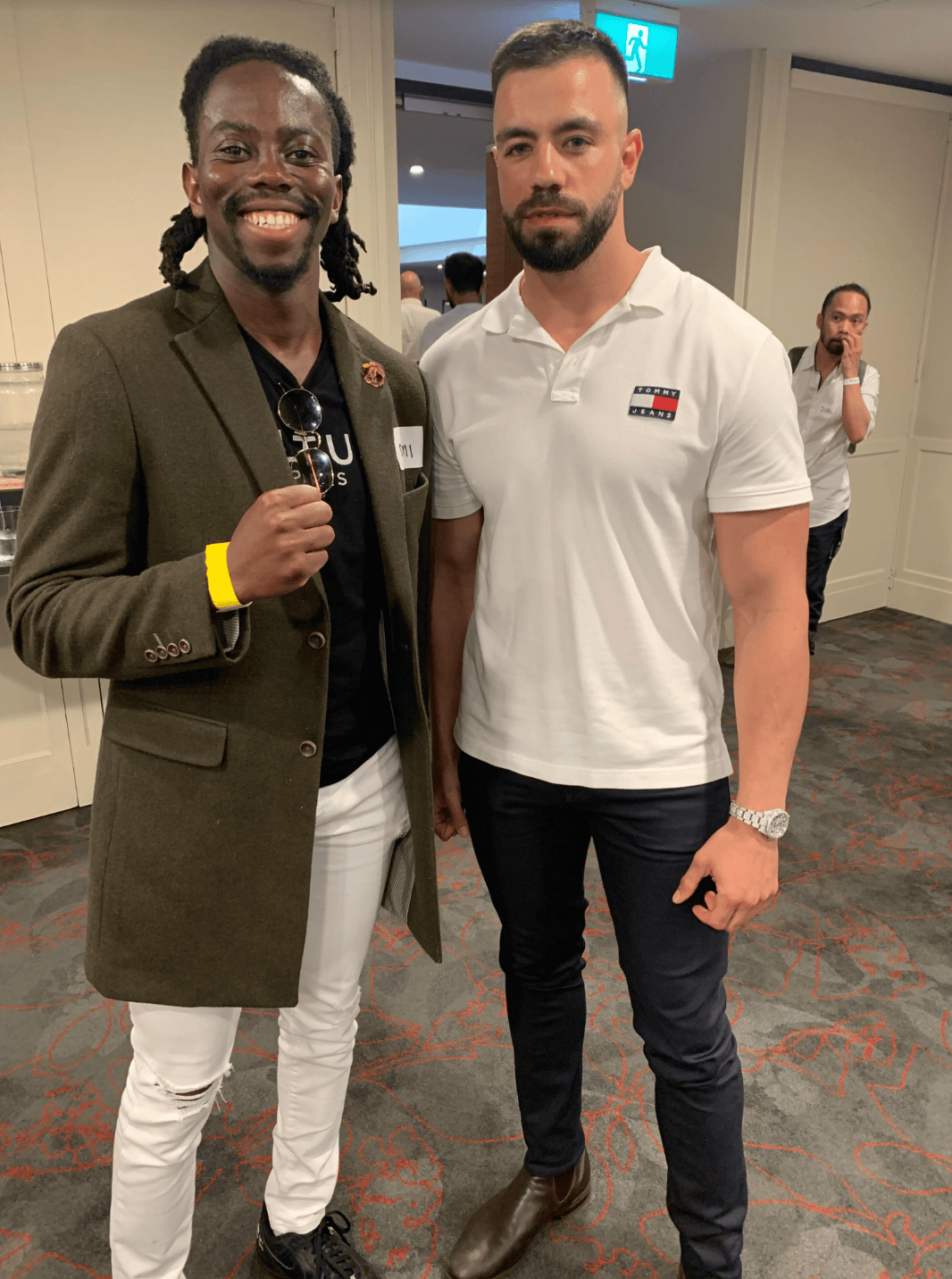The Power of Tonality in Sales & Influence: How Your Voice Shapes Buying Decisions
The Story: How a Simple Change in Tone Saved Apple
In 1997, Apple was on the brink of bankruptcy. Steve Jobs had just returned to the company he co-founded, and morale was at an all-time low. Investors were skeptical, employees were uninspired, and customers were abandoning the brand.Then, Jobs took the stage at Macworld and delivered one of the most iconic keynotes in history. But it wasn’t just his words—it was his tonality that captivated the audience. His voice was calm yet authoritative, measured yet passionate. He slowed down at key moments, allowing his audience to absorb every word. He emphasized his vision with a rising tone, instilling excitement and hope. That speech alone helped restore faith in Apple, leading to a partnership with Microsoft and setting the stage for Apple’s meteoric rise.This is the power of tonality. It’s not just what you say, but how you say it that influences decisions. If you want to close more deals, inspire action, and build trust, you must master your tonality first.
Why Tonality is the Secret Weapon of Top Salespeople?
Studies show that 38% of communication is based on tonality, while only 7% is the actual words you say (Mehrabian, 1971). This means two salespeople can say the exact same thing, yet get drastically different results based on their tone.
How Tonality Impacts Sales:
Certainty & Authority: Speak with conviction to establish trust.Curiosity: A slightly raised tone sparks interest.Urgency: Lowering your voice at key moments signals importance.Empathy: A warm tone fosters connection and credibility.
📌 Pro Tip: Mirroring the tone of your prospect subconsciously builds rapport, making them more likely to say "yes."
The 5 Tonality Shifts That Drive Conversions
1. The Expert Tone (Authority & Trust)
When discussing facts, pricing, or industry trends, your tone should be steady, confident, and controlled. Clients need to feel like they’re dealing with an expert.Example: “We’ve ranked over 200 businesses on page one of Google using this exact strategy.”
2. The Intrigued Tone (Curiosity & Engagement)
Raising your tone slightly at key moments keeps the prospect engaged. This works well when discussing possibilities, new ideas, or asking thought-provoking questions.Example: “What if you could 3X your inbound leads without increasing ad spend?”
3. The Urgency Tone (Closing the Deal)
Dropping your voice slightly makes the statement feel more important. This technique is great for deadlines, limited-time offers, or emphasizing key points.Example: “This strategy has a limited window of effectiveness. The sooner we start, the greater the impact.”
4. The Reassuring Tone (Building Comfort)
When handling objections, a calm, empathetic tone eases concerns. Lower your volume slightly and slow down your speech.Example: “I completely understand your concern. Many of our biggest clients had the same hesitation before seeing results.”
5. The Storytelling Tone (Emotional Connection)
Humans are wired for stories. Shifting to a more conversational, animated tone makes your message memorable.Example: “One of our clients, a restaurant owner, was struggling with customer retention. We implemented this simple strategy, and within 60 days, reservations doubled.”
Actionable Steps to Improve Your Tonality for Sales
Step 1: Record & Analyze Your Calls
Use tools like Gong.io or Otter.ai to review your speech patterns.Identify moments where your tone could have been stronger.
Step 2: Study the Greats
Listen to top sales professionals, TED speakers, and influencers.Mimic their tonality and practice it in conversations.
Step 3: Practice Tonality Drills Daily
Read a sales script in different tones: authority, excitement, empathy.Record yourself and adjust based on feedback.
Step 4: Mirror Your Prospects
Match their energy, speed, and tonality to build subconscious rapport.
Conclusion: Speak to Influence, Sell with Certainty
Tonality is the silent sales weapon that separates amateurs from elite closers. By mastering these tonal shifts, you’ll increase trust, hold attention, and close more deals effortlessly.
🚀 Want to implement tonality strategies that drive real results? Learn from the best at Clientele Boosters today.
🎬 Also, check out Quasar Central for top-tier content on storytelling and influence.
Stay ahead. Think mega. Let your voice do the selling!
Dami Okedara

- "If you aren't on this train, you are just getting left behind..." | Tai Lopez, $500M+ in Digital Marketing (Mentor)
GAME-CHANGING STORIES FROM MULTIPLE BUSINESSES ACROSS 17+ INDUSTRIES...
★★★★★

Gary Vaynerchuk | $300M + in Digital Marketing (Mentor)
★★★★★

Matt Le Pre | $70M in Ecommerce Sales (Mentor)
MORE SUCCESS STORIES...
